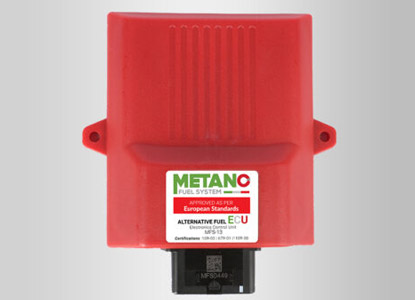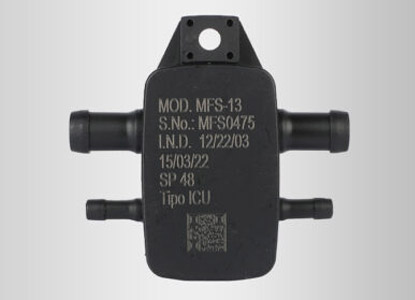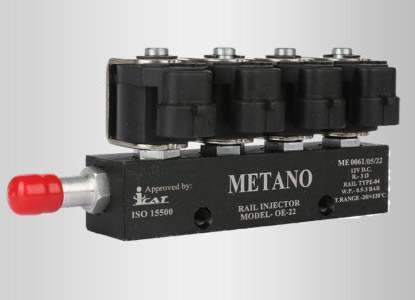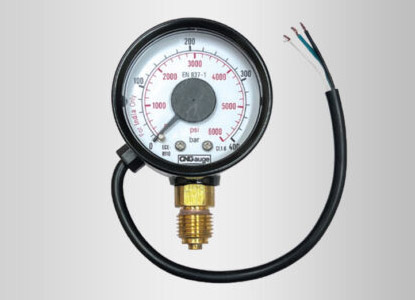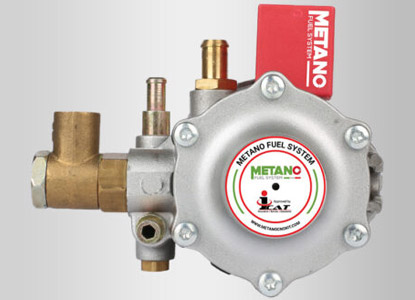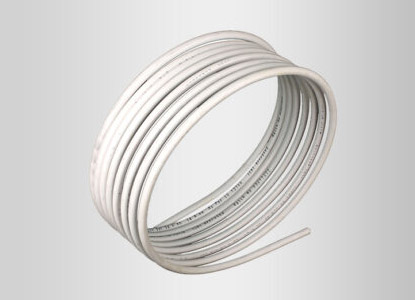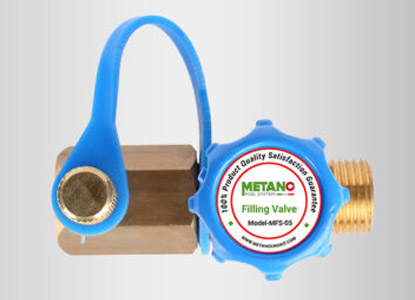 Filling Valve is an essential part of the CNG (Compressed Natural Gas) fueling system, responsible for safely transferring compressed natural gas from the refueling station into the vehicle fuel tank. As it is positioned on the CNG tank, the filling valve regulates the flow of gas during the refueling process, ensuring a secure and leak-free connection between the vehicle tank and the fueling station hose.Our CNG filling valves are precision-engineered using durable and corrosion-resistant materials, ensuring leak proof performance and long term reliability. These are designed according to high-pressure environments, each valve undergoes strict quality checks to meet industry standards and provide our customers with a safe, efficient, and smooth refueling experience.The valve is equipped with a safety mechanism that only allows gas to flow when the nozzle is properly attached, preventing leaks and accidents. Designed to withstand the high pressures at which CNG is stored, the filling valve ensures that the refueling process is both efficient and safe.This component is crucial for maintaining the integrity of the CNG system, preventing overfilling, and ensuring that the tank is filled to the correct capacity. In cities like Delhi, where CNG is widely used as an eco-friendly fuel alternative, a reliable filling valve is key to ensuring safe, efficient, and effective refueling.
Filling Valve is an essential part of the CNG (Compressed Natural Gas) fueling system, responsible for safely transferring compressed natural gas from the refueling station into the vehicle fuel tank. As it is positioned on the CNG tank, the filling valve regulates the flow of gas during the refueling process, ensuring a secure and leak-free connection between the vehicle tank and the fueling station hose.Our CNG filling valves are precision-engineered using durable and corrosion-resistant materials, ensuring leak proof performance and long term reliability. These are designed according to high-pressure environments, each valve undergoes strict quality checks to meet industry standards and provide our customers with a safe, efficient, and smooth refueling experience.The valve is equipped with a safety mechanism that only allows gas to flow when the nozzle is properly attached, preventing leaks and accidents. Designed to withstand the high pressures at which CNG is stored, the filling valve ensures that the refueling process is both efficient and safe.This component is crucial for maintaining the integrity of the CNG system, preventing overfilling, and ensuring that the tank is filled to the correct capacity. In cities like Delhi, where CNG is widely used as an eco-friendly fuel alternative, a reliable filling valve is key to ensuring safe, efficient, and effective refueling.Filling valves are used in CNG (Compressed Natural Gas) vehicles to safely and efficiently transfer gas from the refueling station into the vehicle’s storage cylinder. Their primary application is in passenger cars, buses, trucks, and commercial fleet vehicles powered by CNG. The filling valve connects the dispenser nozzle at the fuel station to the vehicle fuel system, allowing high-pressure gas (usually around 200 bar) to enter the tank. It plays a critical role in ensuring a secure, leak-proof seal during refueling, preventing gas loss and maintaining safety. Some valves are equipped with non-return mechanisms to prevent backflow, enhancing safety further. Filling valves are also used in industrial CNG storage systems, where precise and safe gas handling is required.
Filling valves offer several important advantages in CNG systems, especially in vehicle applications. They provide a safe and secure connection between the fuel dispenser and the vehicle, ensuring that high-pressure gas is transferred without leaks. These valves are designed to handle extreme pressure, typically up to 200 bar or more, making them reliable for daily use. Many filling valves include a non-return (check) valve, which prevents gas from flowing backward, enhancing overall safety. They are also durable and corrosion-resistant, typically made from high-strength materials like stainless steel or brass. Filling valves ensure fast and efficient refueling, reducing downtime, which is especially important for commercial and fleet vehicles. Their compact design, easy operation, and compatibility with standard nozzles make them a convenient and essential component in all CNG-powered systems.
Filling Valves are a vital component of CNG fuel systems, ensuring safe, efficient, and leak-free refueling.

